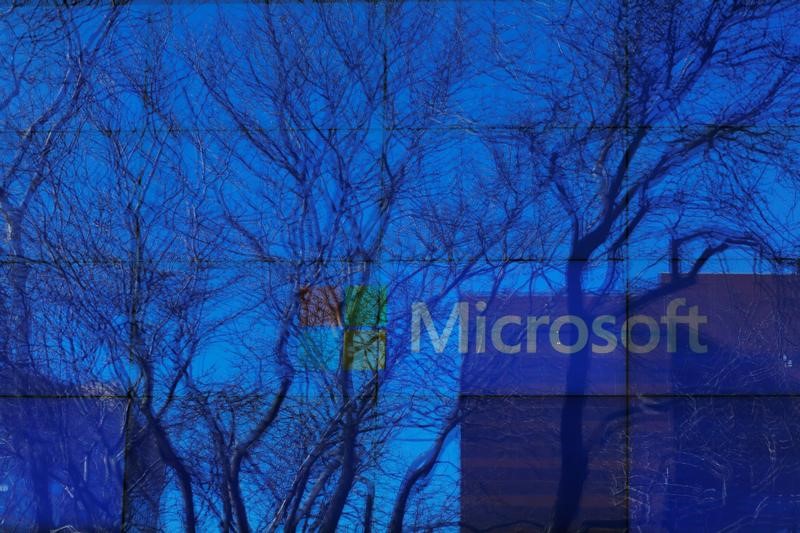Investors are growing increasingly skeptical about owning AMD (NASDAQ:AMD) stock, a Mizuho desk analyst highlighted in a new note.
“Why add AMD if I own NVDA and AVGO here that are cheaper and feel much lower risk?” appears to be the key pushback among market participants, the analyst said.
The chipmaker’s shares rose to an intraday high of $168 on Thursday, amid a broader surge in the technology sector driven by the recently released softer-than-expected inflation data.
It seemed like a short squeeze was affecting much of the tech market, the analyst noted. Notably, AMD’s chipmaking peer Marvell (NASDAQ:MRVL) Technology was up 6-7% at one point despite the lack of any specific news or events.
Meanwhile, AMD remains a significant short position for many East Coast hedge funds, and numerous long-only (LO) investors are steering clear of it ahead of Nvidia (NASDAQ:NVDA)'s Blackwell launch later this year.
“Stock feels like a plane crash survivor on a life raft in middle of a massive ocean just looking for land,” the analyst wrote.
“I remain a bull and love the risk reward if you have patience and duration (think 6-9 months). But I get the worry, hesitancy and concerns amongst investors.”
Mizuho’s expert also said that AMD “could be the next Dell (NYSE:DELL),” another major hedge fund short that surged on a bullish preview from Morgan Stanley ahead of their earnings at the end of May.
Meanwhile, new reports suggest that Microsoft (NASDAQ:MSFT) plans to promote AMD's MI300X GPUs for generative AI at their upcoming Build conference. While it’s known that Microsoft uses AMD's MI300 GPUs to balance Nvidia, recent negative calls in March and April implied that Microsoft was cutting orders to shift funds to Nvidia’s Blackwell GPUs, set for release later this year.
“I would watch AMD today, and while this MSFT news itself is unlikely some major catalyst, any focus by MSFT on AMD’s MI300 next week to me feels like a positive catalyst as the cons view is MSFT will cut MI300 orders this yr and AMD will miss MI300 rev bogeys of $9-10B next yr,” the analyst concluded.
